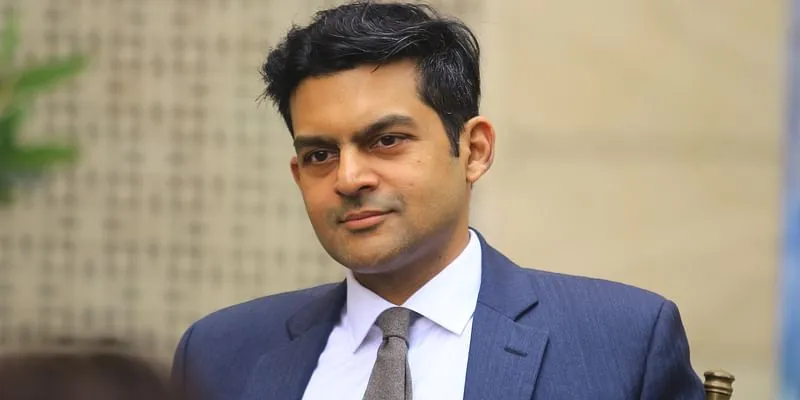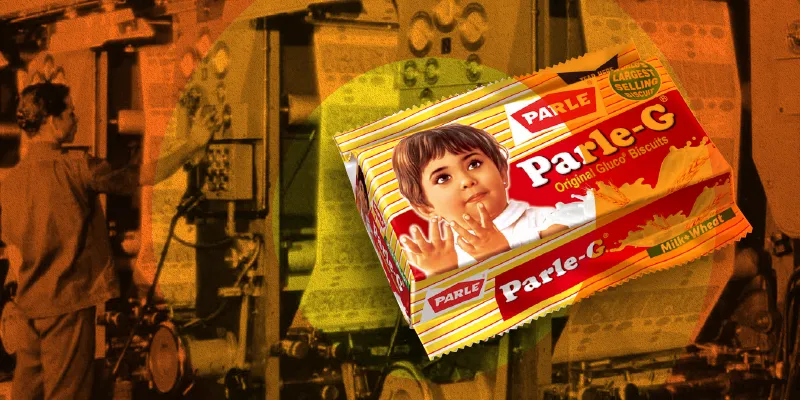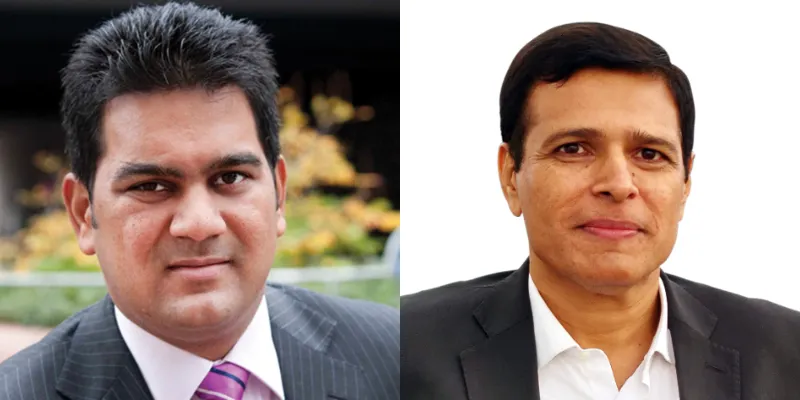These 5 homegrown brands started in pre-Independent India have grown into iconic, leading brands
This Independence Day, we bring to you stories of homegrown businesses across sectors that have lived to tell the tale of how they grew into well-known and respected firms.

Decades of deindustrialisation by the British had turned India into a poor country. So, when India became independent on August 15, 1947, the 20th century became a century of two contrasting halves.
From a relative decline in global GDP and Indian businesses working under significant constraints of the British Raj, Independence brought more than just individual freedom.
The Swadeshi Movement, a part of India’s Independence Movement, emerged as a response to colonial policies. It sought to bring economic freedom by reviving domestic products and manufacturing processes.
Existing Indian businesses and budding entrepreneurs were excited at the prospect of economic freedom and the revival of India’s growth. And they experienced it as Independent India implemented trade regulations and investments in capital goods industries and agriculture.
This Independence Day, SMBStory lists five such homegrown businesses across sectors that experienced it all in the 20th century, and lived to tell the tale of how they grew into well-known and respected firms.
Luxmi Group

Rudra Chaterjee, Managing Director, Luxmi Group
During the Satyagraha Movement in 1917, when India was under the British Raj, not many people distinguished themselves in business due to the outcrying policies by the British and the political unrest.
During that time, the tea industry was predominantly British-owned. The tea estates were in India, but they were not bringing any revenue to the country. Seeing this condition, where one had to plead for their own rights, PC Chatterjee, who was part of the Satyagraha movement, decided to expand and diversify his business, Luxmi Tea, which was founded in 1912.
Rudra Chatterjee, Managing Director of Luxmi Group, says, “My grandfather was a freedom fighter. He founded this company as a tool for Satyagraha. However, the first tea estate was not in British India, but it was founded in the land which belonged to the Maharaja of Tripura, and he started promoting the tea from this estate as the Swadeshi Tea.”
Headquartered in Kolkata, Luxmi Group is today one of the largest tea producers in India, and produces around 30 million kilograms of tea annually. There are more than 20,000 workers working with Luxmi Group.
Kirloskar Brothers

Sanjay Kirloskar, Chairman and MD, Kirloskar Brothers
Kirloskar Brothers was incorporated in 1920, and it made centrifugal pumps, valves, motors, turbines, etc. It diversified in the 1940s into various allied businesses, many of which became big enough to be converted into different companies with the same logo, under the Kirloskar Group.
When Sanjay Kirloskar took over the reins from his father in 1983, India was yet to be free from the Licence Raj. Until 1991, before the economic liberalisation policy was brought in by the government, there was a condition that one could carry on with one’s business only if they agreed that they could make a certain number of products every year.
The policy mandated that a business could not import any machinery (at least not the ones that were already being manufactured in India) to manufacture its products. Despite these considerations, Sanjay led KBL into becoming the flagship of the $2.1 billion Kirloskar Group, and one of the most admired engineering firms, both in India and across the world.
Today, it has 18 manufacturing facilities supplying to more than 165 countries, spanning across more than eight sectors.
Keventers

The first Keventers store
The real journey of Keventers, in its present form, began in 1925, when it established the private label - Dairy Products Company in Chanakyapuri in Delhi. It soon became synonymous with quality dairy products, and the brand expanded to Aligarh, Shimla, Darjeeling, Lahore, and Kolkata.
“It is a legacy that is over 100 years old. And we just wanted it to survive. Keventers had an Alfa Laval cream separator since the olden days. And the popular cassata and coconut biscuits you have are all discoveries of Keventers,” says Aman Arora, who, along with Agastya Dalmia and Sohrab Sitaram, worked to resurrect the brand.
Despite the chaos of those days, Keventers thrived, and already had over 48 distribution outlets across Delhi, including the one at Connaught Place.
Today, Keventers has grown into a popular milkshake brand that couples old world charm with modern boldness. The team at Keventers is looking to continue its legacy and take the iconic brand into a bright future.
Parle

Image credit: Parle; Design: Aditya Ranade
Vile Parle, a sprawling suburb in Mumbai, did not exist in 1929. What existed in its place were two sleepy neighbouring villages – Irla and Parla. It was here the Chauhans, a family of traders, set up the first Indian owned and made confectionery brand – Parle, in 1929.
It is said the Chauhans were busy playing many roles – as engineers, mechanics, and confectionery makers – that they forgot to name the factory. And thus, the brand came to be known after its birthplace – Parle.
Today, the brand is undoubtedly a major player, owning a large chunk of the Rs 27,000-crore biscuit business. But then, the Parle business had started with confectioneries. Rooted deeply in the Swadeshi movement, the Chauhans, who were in the textile business, decided to go Indian.
“When we started in 1929, we were looking at the business of confectionery. We started small with toffees and candies. There was the popular orange candy and kismi toffee,” explains Krishna Rao, Senior Category Head, Parle Products.
Today, Parle makes the quintessential snack Indians have grown up with - Parle G biscuits. Under normal circumstances, over 400 million Parle G biscuits are produced daily.
S Chand Group

Himanshu Gupta (L) Managing Director and Vinay Sharma (R), Head of Digital and Services at S Chand Group
This Made-in-India brand dates back to pre-independent India. Shyam Lal Gupta started a publishing house, S Chand, in 1939, to publish books written by Indian authors and make them available to students at an affordable price, thus reducing the penetration of foreign books in the market.
It was established to give voice to Indian authors and academicians. In 1960, S Chand established its own printing press. The first textbook to be published by S Chand was ‘Textbook of Physical Chemistry’ by Prof Bahl & Tuli.
Today, the group, led by Himanshu Gupta, the grandson of Shyam Lal Gupta, is clocking a turnover of Rs 800 crore. Himanshu joined the company in 2000.
The traditional business group publishes more than 50 million books annually at its factory in Okhla, near Delhi. The group is affiliated to over 40,000 schools (both CBSE and ICSE boards) and reaches out to almost 30 million students. In addition, the company has 3,500 employees.
The books printed by S Chand are exported to 15 countries across Asia, the Middle-East, and Africa.
(With inputs by Dipti Nair, Sindhu Kashyaap, Palak Agarwal, Bhavya Kaushal)







